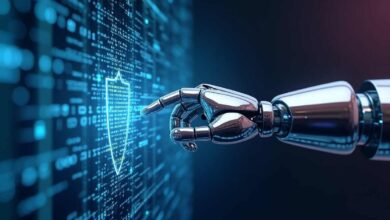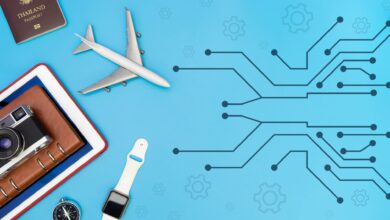Digital Twin Technology: A Powerful Overview
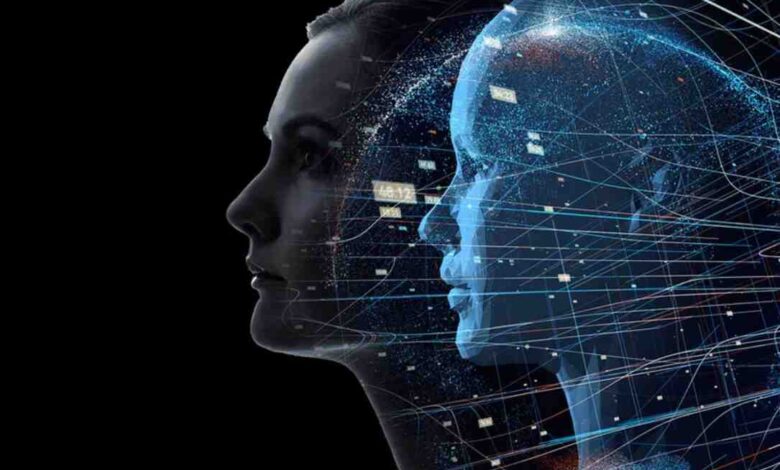
Digital Twin Technology is a groundbreaking concept poised to revolutionize numerous industries. From manufacturing to healthcare, from aerospace to urban planning, the application of digital twins is expanding, offering unprecedented opportunities for optimization, efficiency, and innovation.
Understanding Digital Twin Technology
Digital Twin Technology has emerged as a transformative concept in various industries. It provides a virtual representation of physical entities, processes, or systems. At its core, a digital twin mirrors its real-world counterpart by encompassing both its physical attributes and behavioral characteristics. This virtual replication enables real-time monitoring, analysis, and simulation, empowering stakeholders to make informed decisions and optimize operations.
Virtual Representation
Digital twins are virtual replicas of physical entities, processes, or systems. They are created using a combination of cutting-edge technologies such as IoT sensors, data analytics, AI, and machine learning algorithms. These tools collect data from the physical entity and translate it into a digital format, constructing a virtual model that closely mirrors its real-world counterpart.
Physical and Behavioral Aspects: Digital Twin Technology
One of the defining features of digital twins is their ability to capture the physical and behavioral characteristics of the entity they represent. This includes dimensions, materials, components, and operational dynamics. By replicating the behavior of the physical system, digital twins enable stakeholders to understand its performance and behavior comprehensively.
Digital twins facilitate real-time monitoring:
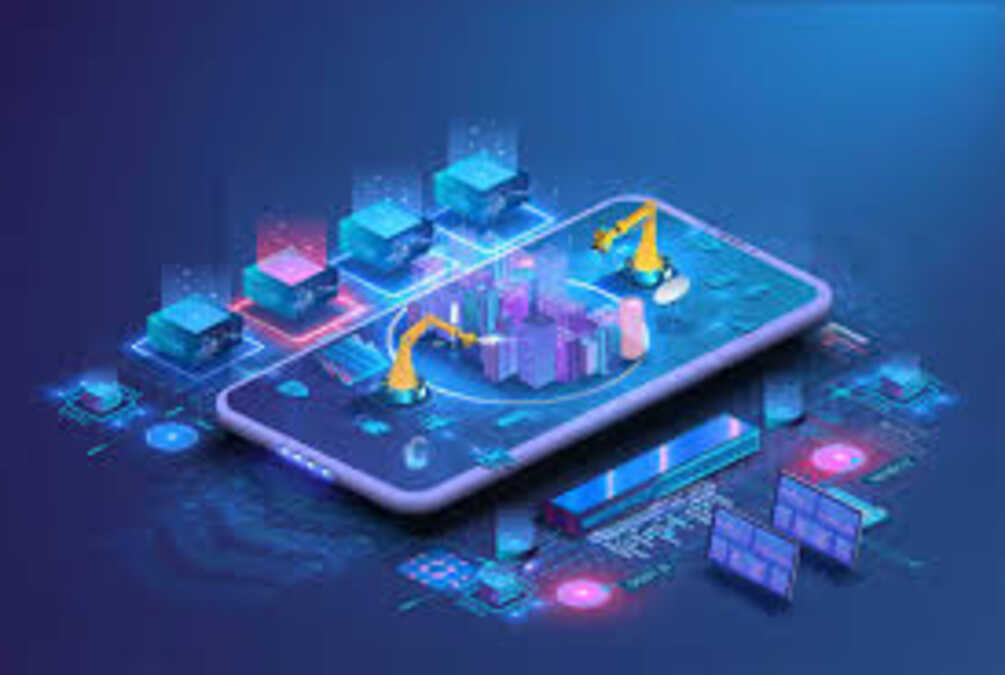
analysis, and simulation of the physical system. IoT sensors continuously collect data from the physical Real-time Monitoring, Analysis, and Simulation:
Environment, which is then transmitted to the digital twin for processing and analysis. This real-time insight allows stakeholders to identify trends, anomalies, and potential issues as they occur, enabling proactive decision-making and intervention. Additionally, digital twins support simulation capabilities, allowing stakeholders to simulate various scenarios and predict outcomes, optimizing processes and improving performance.
Leveraging Cutting-edge Tools:
Digital Twin Technology leverages cutting-edge tools and methodologies to create and maintain its virtual counterpart. IoT sensors serve as the primary data collection mechanism, capturing real-time data from the physical environment. Data analytics techniques, including descriptive, predictive, and prescriptive, are employed to analyze the collected data and extract actionable insights. AI and machine learning algorithms play a crucial role in digital twins by enabling intelligent decision-making, predictive analytics, and automation
Key Components of Digital Twin Technology
Data Acquisition and Integration
Central to the functionality of digital twins is the seamless acquisition and integration of data from various sources. This includes sensor data, operational data, environmental data, and more.
Modeling and Simulation
Digital twins rely on sophisticated modeling techniques to accurately replicate the behavior of their physical counterparts. These models encompass the system’s structural and operational aspects, allowing for detailed simulation and scenario analysis. By simulating different conditions and scenarios, stakeholders can gain valuable insights into performance, identify potential issues, and explore optimization strategies.
Real-Time Monitoring and Control Digital Twin Technology
One of the defining features of digital twins is their ability to facilitate real-time monitoring and control. Through continuous data streams and advanced analytics, stakeholders can also monitor the status and performance of the physical system in real-time. This enables proactive decision-making, predictive maintenance, and agile responses to changing conditions.
Analytics and Insights
Digital twins generate vast amounts of data, which are analyzed to extract actionable insights and intelligence. Advanced analytics techniques such as predictive analytics, prescriptive analytics, and machine learning algorithms are applied to identify patterns, trends, and anomalies. These insights empower stakeholders to make informed decisions, optimize processes, and drive innovation.
Applications of Digital Twin Technology
Manufacturing and Industry 4.0
Digital twins are revolutionizing production processes in the manufacturing sector, enabling predictive maintenance, quality optimization, and supply chain management. Companies can also optimize production efficiency, reduce downtime, and enhance product quality by creating digital replicas of manufacturing assets and processes.
Healthcare and Personalized Medicine
In healthcare, digital twins are used to model and simulate biological systems, enabling personalized treatment strategies, drug discovery, and disease prediction. By analyzing patient data and genetic information, healthcare providers can create digital replicas of individuals, allowing for tailored interventions and precision medicine approaches.
Smart Cities and Urban Planning Digital Twin Technology
In urban planning, digital twins transform how cities are designed, managed, and optimized by creating digital replicas of urban infrastructure. Such as transportation systems, utilities, and buildings, city planners can simulate scenarios, optimize resource allocation, and improve sustainability.
Aerospace and Engineering
In the aerospace and engineering sectors, Digital Twin Technology models and simulates complex systems such as aircraft, engines, and infrastructure. By creating digital replicas of these systems, engineers can conduct virtual tests, optimize designs, and predict performance under different conditions.
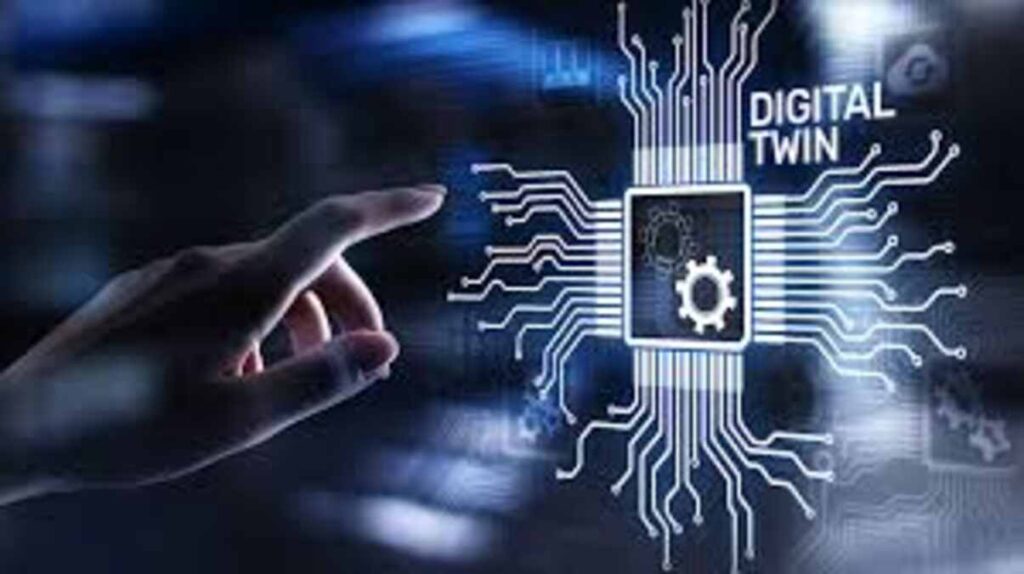
Future Trends and Opportunities
1. Edge Computing:
Edge computing is a paradigm in which data processing and storage are performed closer to the source of data generation rather than relying solely on centralized data centers. This proximity reduces latency and enables real-time sensor and device data stream analysis.
2. 5G Connectivity:
The rollout of 5G networks promises to revolutionize connectivity with its ultra-fast speeds, low latency, and massive capacity. In the realm of digital twins, 5G connectivity enables seamless communication and data exchange between the physical environment and its virtual counterpart. This high-speed connectivity empowers digital twins to capture and analyze real-time data streams more efficiently, facilitating quicker insights and decision-making.
3. Augmented Reality (AR):
Augmented reality (AR) technologies overlay digital information onto the physical world, enhancing how users perceive and interact with their surroundings. In the context of digital twins, AR offers immersive visualization capabilities. Allowing users to interact with virtual replicas overlaid onto the physical environment. This enables stakeholders to gain deeper insights into complex systems and visualize data meaningfully.
Advancements in AI and Machine Learning:
- Advancements in artificial intelligence (AI) and machine learning algorithms are driving significant improvements in the capabilities of digital twins. These technologies enable more sophisticated analysis, prediction, and automation capabilities, enhancing the value proposition of digital twins across industries.
- AI and machine learning algorithms can also analyze vast amounts of data generated by digital twins to uncover hidden patterns, identify correlations, and predict future outcomes with greater accuracy. For example, in predictive maintenance, AI-powered digital twins can also analyze historical equipment data to identify failure patterns and predict maintenance needs before they occur. Minimizing downtime and maximizing asset reliability.
Conclusion Digital Twin Technology:
In conclusion, Digital Twin Technology represents a paradigm shift in understanding, monitoring, and optimizing the physical world by creating virtual replicas of real-world entities and systems. Digital twins empower stakeholders to make data-driven decisions, optimize processes, and drive innovation across industries as this technology evolves. Its potential to transform industries and reshape how we interact with the world around us is virtually limitless.
Read for more: Mobile App Development Services



